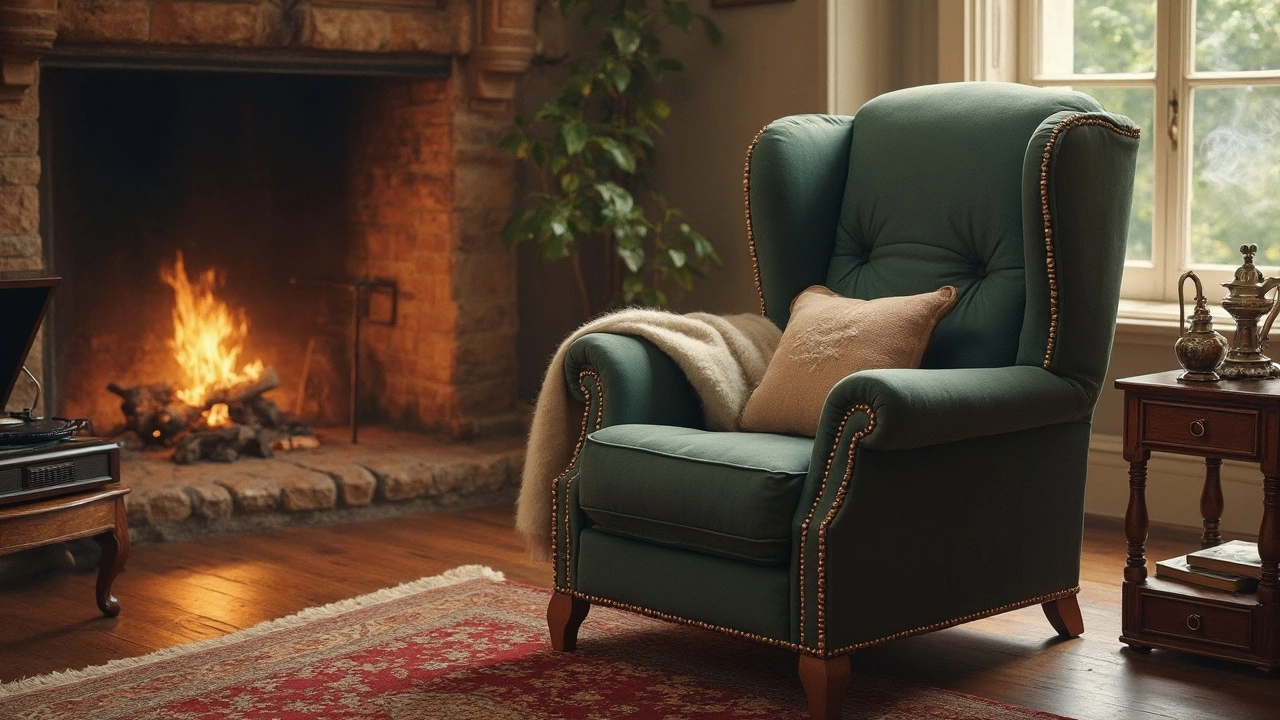Recliner Reviews – Find Your Ideal Chair
Ever walked into a store, sat down, and felt the chair was "almost right"? That happens a lot with recliners. You want comfort, support, and maybe a little help for health reasons. Our recliner reviews pull together the most useful details so you can stop guessing and start relaxing.
Key Features to Check Before Buying
First thing – how you sit. Look for a seat width of at least 20‑22 inches if you’re average size, and a depth that lets your feet rest flat. A firm cushion keeps your spine aligned, while a plush top adds that cozy feel. Leather feels sleek and lasts, but fabric often breathes better for long TV nights.
Next, the recline mechanism. Power‑recliners are convenient, especially if you have mobility issues, but they need a reliable motor and a backup manual option in case the battery dies. For manual models, check the lever’s travel – a smooth, low‑effort pull beats a stiff crank any day.
Weight capacity matters, too. Most standard recliners hold 250‑300 lb, but heavy‑duty options go up to 500 lb. If you share the chair with a partner, pick a model rated for two people. And don’t ignore the footrest: a padded, extendable footrest prevents pressure points on your calves.
Medicare & Medical Coverage Explained
Many seniors wonder if Medicare will foot the bill. The short answer: only if a doctor writes a prescription declaring the recliner a “durable medical equipment” (DME) item. Our review of the "Is Lazyboy Medicare Approved?" post shows that not every brand qualifies, and the paperwork can be tricky.
When a recliner meets DME criteria, Medicare Part B may cover up to 80 % of the approved cost, leaving you to handle the co‑pay. Look for chairs that list “Medicare‑eligible” on the spec sheet – they usually have features like heat, massage, and lift‑assist, which are the medical functions Medicare recognizes.
If you’re not sure whether a chair qualifies, ask the retailer for a “Letter of Medical Necessity.” It should detail why you need the recliner for a condition like arthritis or chronic back pain. Having that letter speeds up approval and reduces out‑of‑pocket surprises.
Aside from Medicare, many private insurers offer similar coverage for DME. Check your policy, and don’t forget to ask about warranties. A good recliner should come with at least a three‑year motor warranty and a five‑year frame guarantee.
Style still counts. A neutral upholstery blends with most living rooms, while a bold colour can become a focal point. If you have an open‑plan space, pick a low‑back design to keep sightlines clear. For a cabin feel, a rustic wooden frame from Rustic Social adds charm without sacrificing comfort.
Finally, test the chair before you buy. Sit for a few minutes, recline fully, and make sure the footrest reaches you without stretching. If you can, bring a pillow to mimic a blanket – many people forget the extra layer that changes how the chair feels.
With these pointers in hand, you’re ready to cut through the hype and choose a recliner that actually improves your daily life. Whether you need Medicare support, a sleek leather look, or a sturdy frame for years of use, our recliner reviews have the facts you need to decide confidently.
Top Companies for Quality Recliners: A Comprehensive Guide
Choosing a recliner isn’t just about comfort—it’s a commitment to quality relaxation. This guide explores top companies renowned for producing top-notch recliners. Discover the latest trends, what makes a recliner stand out, and tips for making the best purchase for your living needs.
More
